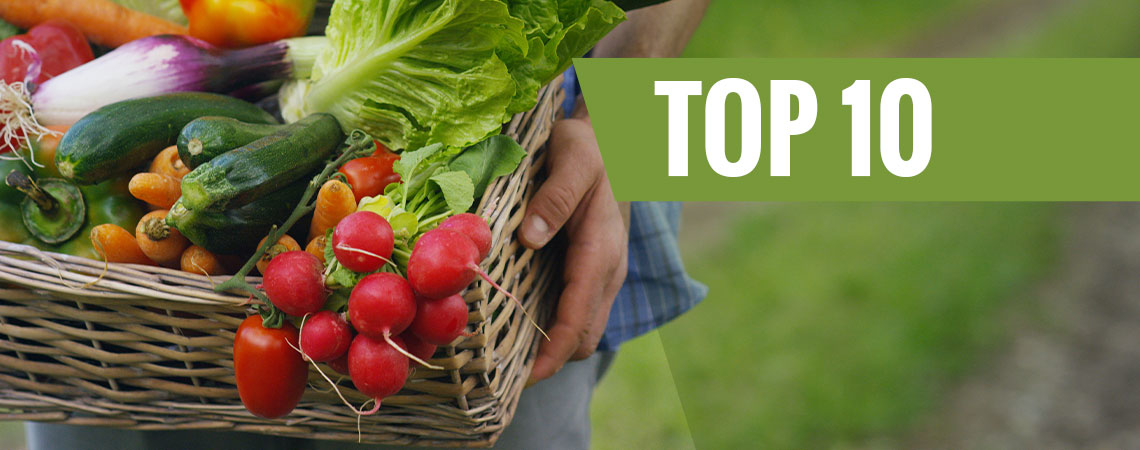
Top 10 Easiest Vegetables To Grow
Have you ever considered growing vegetables from home, but thought that your level of expertise or environment was insufficient for the job? Well, here at Zamnesia, we don't believe in such restrictions; that's why we've put together a list of 10 easy-to-grow vegetables that will thrive in almost any setting.
Growing vegetables can seem like a tall order. You may be thinking that you need acres of land and vast experience with all things cultivation-related to successfully bring a crop to harvest. Well, we're happy to tell you otherwise; it's entirely possible to grow high-quality veggies from the comfort of your home! To get your started, we've selected the top 10 easiest vegetables to grow, so you can get in on the action and enjoy the satisfaction of home cultivation.
Where to plant your vegetables
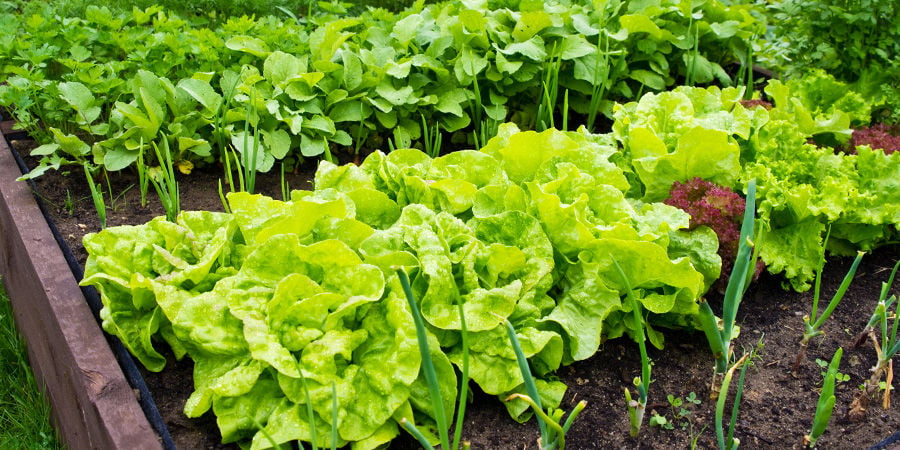
As mentioned, you certainly don't need acres of land to cultivate high-quality crops. Vegetables can be grown in small gardens, greenhouses, and even on balconies and terraces. As long as you choose the right equipment and satisfy some basic requirements, you'll find that these plants have the potential to be grown almost anywhere.
Whether you choose to grow your vegetables in containers or directly in the earth, there are a few factors to consider. Your plants will need some nutrient-rich soil in order to flourish. The substrate also needs to drain well. If the soil is permanently wet, it will wreak havoc on your prized plants. The roots will become damp for long periods and begin to rot.
Also, be sure to place your specimens in a stable environment that's not too windy in order to avoid any threat of them falling over. Typically, vegetables need around 6–8 hours of direct sunlight a day, so do your best to position them in a location with full sun.
Top 10 vegetables for beginners
Now that you have a good idea of where to position your plants, and what they require to thrive, it's time to pick out which vegetables you'd like to grow. Fortunately, the following 10 vegetables aren't likely to cause any headaches, but will instead offer up an accessible growing experience culminating in a rewarding harvest.
1. Lettuce
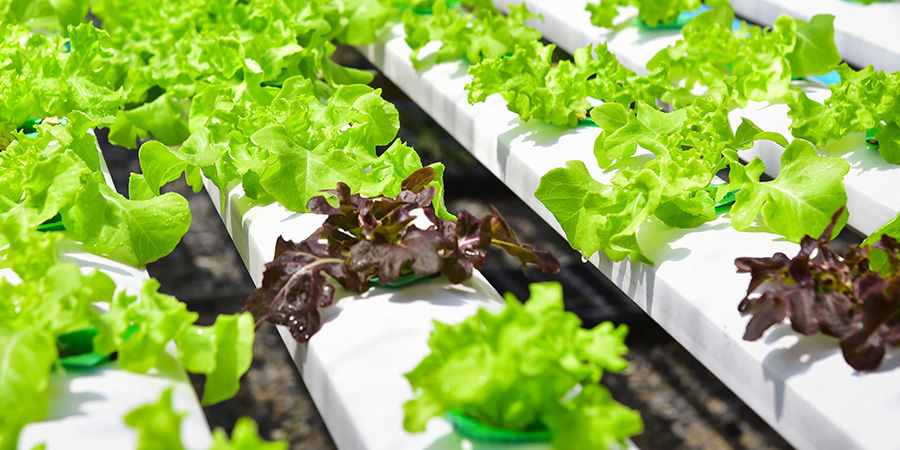
Used as the base for a salad or slapped on top of a burger, lettuce is one incredibly versatile veg—and this is also true from a growing perspective. Able to be cultivated in planters, containers, and in the ground, lettuce is adaptable, and it's resilient in shadier environments if consistent sunlight is an issue. Just ensure that the soil remains moist throughout the growing process, and you'll soon see your lettuce thriving.
2. Cucumber
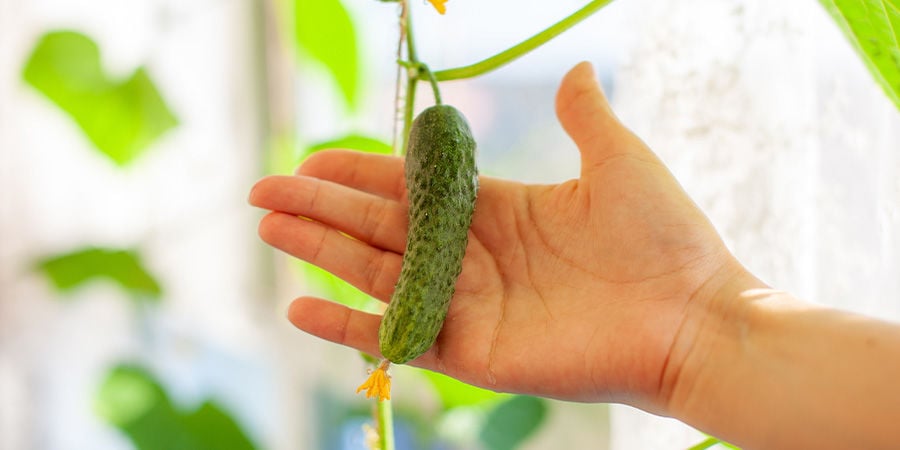
Whether you're looking to eat them fresh or want to do a pickling project, cucumbers are incredibly simple vegetables to cultivate. However, due to the nature of how they grow, they require a little bit of room when planted directly in the ground. However, they can be grown in containers if you're short on space. Just provide plenty of light and a little upkeep, and they'll basically take care of themselves until they're ready to harvest.
3. Courgette
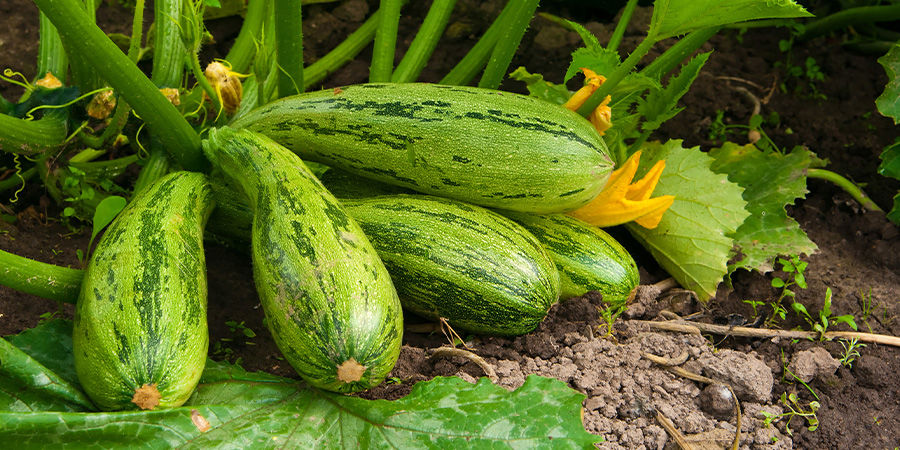
Similar to the cucumber, courgettes can be cultivated with relative ease and are perfect for outdoor spaces, whether planted in the ground or in containers. Seeds can even be sown indoors in mid-April if preferred, and then transplanted outside come May/June. Once outdoors, provide a little fertiliser, such as tomato feed, every 10–14 days, and they'll flourish effortlessly.
4. Onions
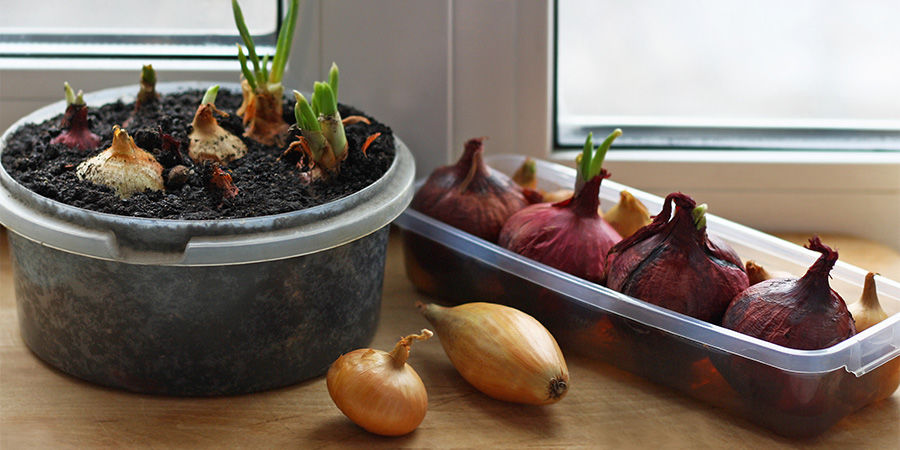
Hearty and resilient, onions make the ideal growing project for beginners. Plants need plenty of full sun, and should be planted in well-drained, loose soil that allows water to flow through but not become waterlogged. Onions can be sown directly outdoors from late winter until mid-spring. Taking roughly 90–100 days until they're ready, onions offer up an easygoing growing experience that doesn't require constant attention and maintenance.
5. Asparagus
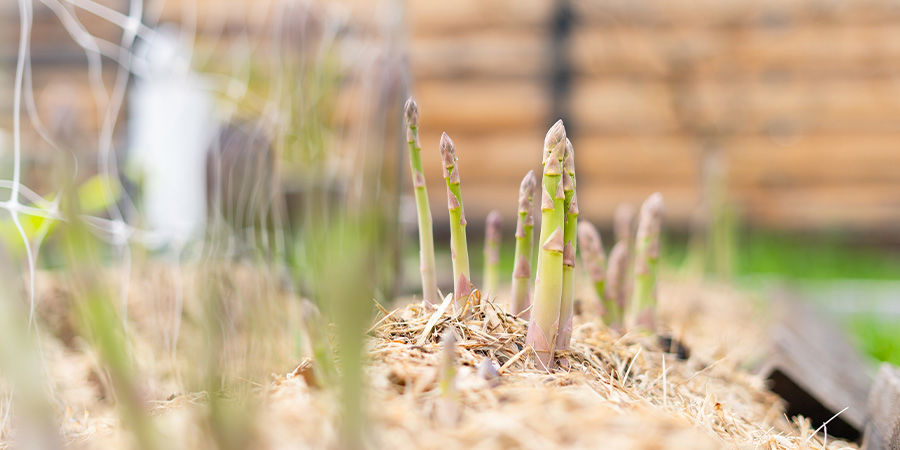
Ideally, you want to grow asparagus in the ground as opposed to containers. That's not to say it can't be achieved, but as a perennial plant, asparagus is the gift that keeps on giving, and can continue to crop for many years following that initial haul. Sow your seeds between February and May, and they'll soon begin to flourish. Very little maintenance is required, other than the expected watering, feeding, and general upkeep. However, resist the urge to harvest your asparagus for the first couple of years after planting. This is one plant that's in it for the long haul, but trust us, the wait is well worth it.
6. Radishes
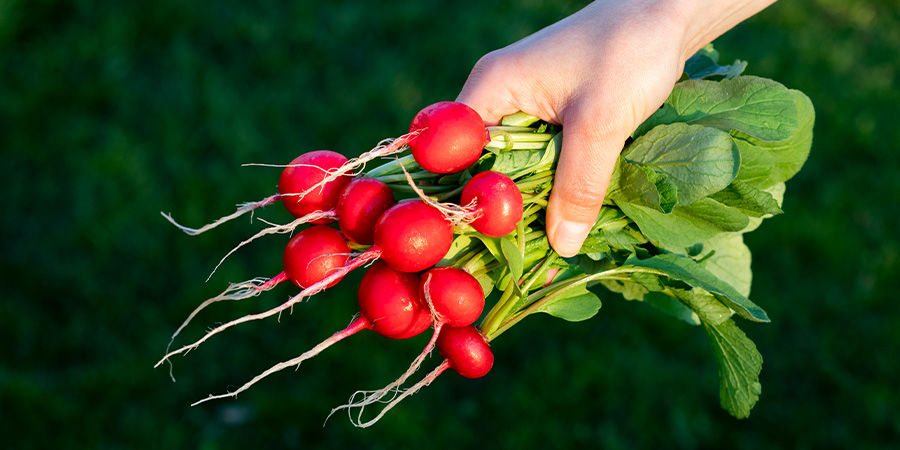
With a crisp and peppery flavour, radishes make the ideal addition to many dishes. What could be better than growing your own? Radishes are incredibly simple to cultivate, and the seeds can be sown throughout the year for a year-round crop. Taking around 30 days until they're ready to harvest, radishes are quick to deliver the goods. However, be careful not to expose them to too much heat, and be wary of nitrogen levels in the soil, as it can result in tiny radishes with a woody taste and texture.
7. Tomatoes
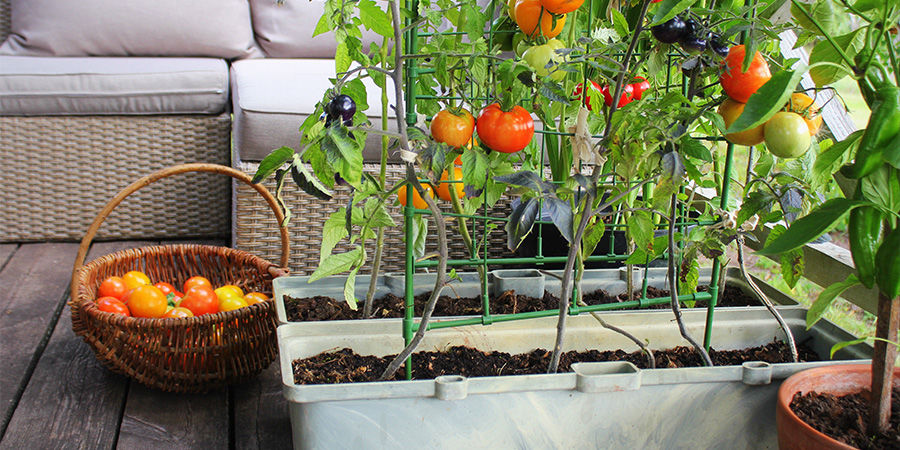
With so many varieties available, tomatoes come in all shapes and sizes, and no vegetable garden is complete without them. Tomatoes are renowned for being particularly unfussy. All they need is a good spot, either in the ground or in containers, plenty of sunlight (around 8 hours a day), and sufficient water, and you simply can't go wrong. While different varieties have varying levels of difficulty when it comes to cultivation, cherry tomatoes are often the go-to for many newcomers, as they're known to be the easiest to grow—and delicious.
8. Green beans
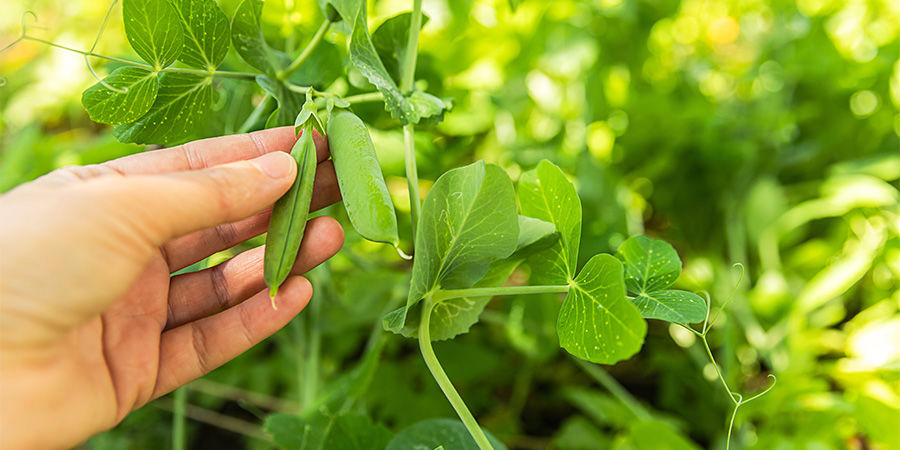
Another versatile and accessible vegetable to grow, green beans are hearty, resilient, and can provide a massive yield while taking up little space. Green beans can flourish in a wide variety of settings, so simply sow them in the ground or your chosen container. They need roughly 6–8 hours of sunlight a day, so choose the most suitable location at your disposal. Green beans prefer slightly more acidic soil of around 6.0 pH, so be sure to test the pH, and you'll receive a massive haul in just 50–55 days. Perfect.
9. Bell peppers
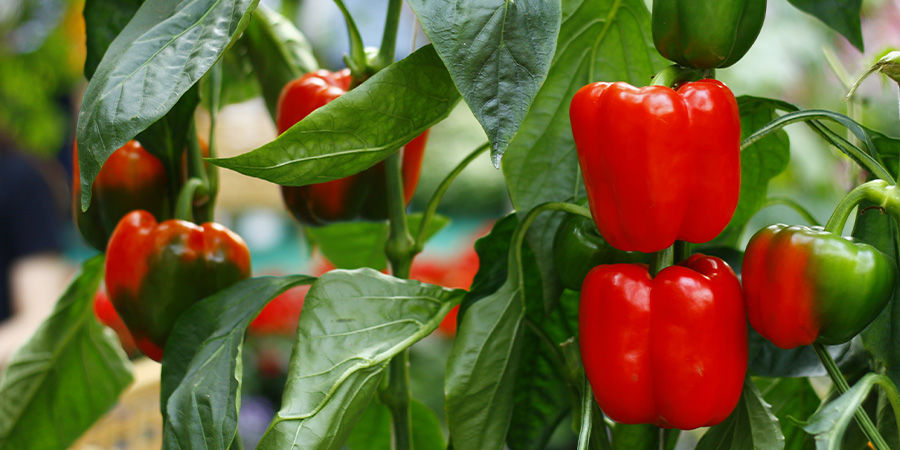
With a satisfying crunch and sweet flavour, bell peppers are a hugely popular vegetable utilised in a massive variety of dishes. They're also incredibly simple to cultivate, regardless of the climate. In fact, many growers start their bell pepper seeds off indoors over the winter months and then bring them outdoors come early spring. Bell peppers need a little more of a hands-on approach compared to some other vegetables on this list, but nothing too strenuous. Provide a deep watering of around 2.5–5cm per week, and consider planting companion plants, such as cucumber and carrots, alongside your bell peppers to help them thrive.
10. Spinach
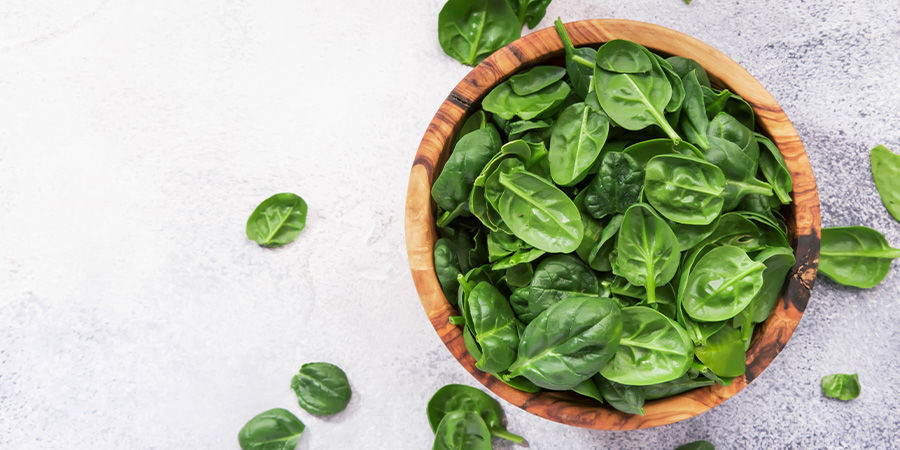
Another leafy green on our list, spinach is not only sought after by cartoon sailors, but also keen gardeners too. Similar to lettuce, spinach offers up a low-maintenance project that can be performed most of the year round. It is fast to grow, easy to flourish, and can be grown in containers as well as directly in the ground. Be sure to keep your plants out of harsh heat and direct sunlight after exposing them to 6–8 hours a day, or you risk your carefully curated spinach shrivelling up. Just 6–10 weeks after sowing, your spinach will be ready to be harvested. It's just a case of trimming away the leaves, and your plant will get to work on a second crop.
Tips to prevent pests in your vegetable garden
As mentioned, our top 10 picks aren't likely to cause many issues, even for the most inexperienced of growers. But what about factors that might be out of your control? We're talking about pests making their unwelcome way into your grow-op and destroying all of your plants. Here are some ways you can tackle this potential threat with ease.
Companion plants are a great way to keep pests at bay. Onions, garlic, and leeks are highly favoured for their high levels of pest resistance, so keep a few plants nearby, and you're likely to see infestations halt. However, some vegetables don't react well when grown near pungent specimens like onions, so you can always opt for flowers like marigolds to deter pests.
Arguably an obvious point, but still an important one; keep your plants healthy. We've touched upon this several times throughout the article already, but striking the perfect balance between water, soil health, and sunlight is paramount to keeping your plants healthy. When it comes to resisting pests or outright avoiding them, a healthy plant is a happy one.
If you're short on space and companion plants aren't really an option, you can always look to utilise physical defences, such as netting and cloches. These will keep pests out while allowing your plants to still soak in sunlight.
Make the most of your grow space
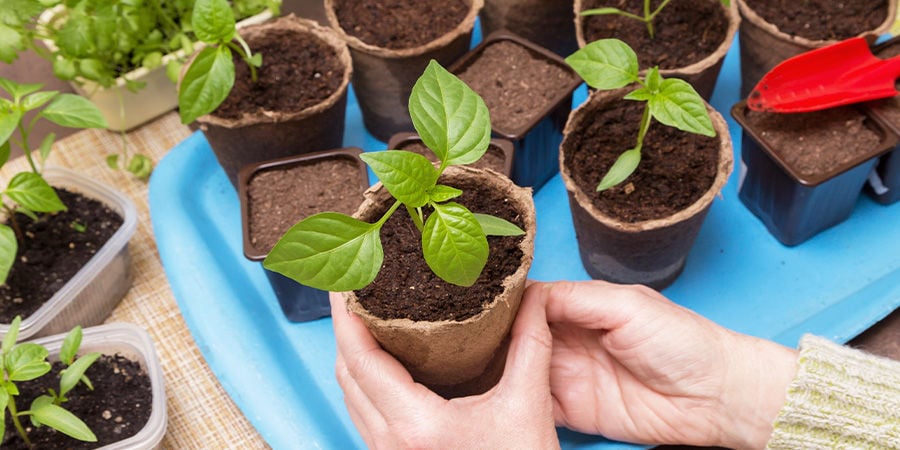
As you can probably tell, there's no exact science or one-size-fits-all approach to cultivating vegetables—but this can be seen as a good thing. Being able to grow vegetables regardless of your environment means that no one misses out.
Growshop
From flowers and herbs to vegetables and fruits, get your hands on some of the finest seeds and products courtesy of our Plantshop.
Now that you're clued up about how to grow your veggies, the pitfalls involved, and the top 10 seeds to check out, the only question is: which one (or ones) will you go for? Fortunately, you don't have to look far to take your pick of the finest seeds around. Head over to the Zamnesia Plantshop, and you'll have the choice of all of the aforementioned vegetables as well as many others. Good luck; we're rooting for you!
-
 5 min
September 5, 2022
How To Overwinter Pepper Plants
Overwintering your chilli plants keeps them alive for another season, increasing yield and growth speed come next harvest. A fascinating process with great results, learn how to overwinter pepper...
5 min
September 5, 2022
How To Overwinter Pepper Plants
Overwintering your chilli plants keeps them alive for another season, increasing yield and growth speed come next harvest. A fascinating process with great results, learn how to overwinter pepper...
-
 4 min
January 25, 2022
Best Companion Plants For Chili Peppers
If you love growing hot pepper plants, but want to do more with your outdoor grow, companion plants are an excellent way to diversify your garden and improve the quality of your pepper harvest....
4 min
January 25, 2022
Best Companion Plants For Chili Peppers
If you love growing hot pepper plants, but want to do more with your outdoor grow, companion plants are an excellent way to diversify your garden and improve the quality of your pepper harvest....











 United States
United States









